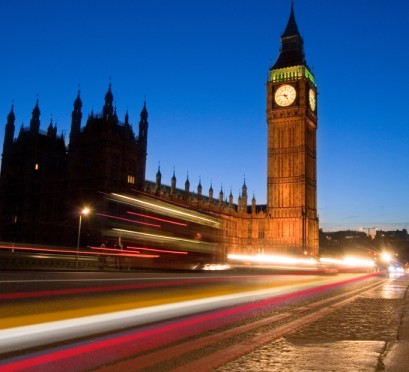Wednesday 22nd January 2014The March of Progress in London's Galleries

It's no secret that the art world is undergoing some major changes. As we discussed recently, the market for auctionable art has taken a turn for the better in recent years, driven by expanding wealth in Asia and the Middle East, as well as increasing consumer confidence throughout the West. However, in the market for artists still making a name for themselves, a number of other changes are taking place, most notably the transition away from the traditional model of the independent gallery towards online galleries managed by the artists themselves as well as the growing popularity of the 'art fair'.
This transition can be something of a double-edged sword, especially in locations that are historically and locally famous for their art gallery districts. London's own venerable Cork Street is - to some, surprisingly - just one of the latest to suffer the depredations of real estate developers hoping to maximise profits in desirable downtown locations. This Valentine's Day, the local planning council deadline for public response to a proposal to redevelop historic Cork Street, home to a great number of galleries, some of whom have had their current locations for nearly a century.
Westminster city council has tentatively approved the deal in principle, which hoped to build 42 flats over a shopping centre, pending the results of the request for public responses. A number of other developments are slated to go in, assuming that the first proposal is ratified. To date, a number of prominent public figures have spoken out against in favour of preserving the cultural and historical significance of Cork Street, including actor Bill Nighy, comic Graham Norton, illustrator Quentin Blake and retail leader Mary Portas, among many others and a great deal of support from the general public. A plan currently exists to place a portion of the neighbourhood under the purview of a 'special policy area', but gallery owners hope to dramatically expand the borders of the area to save as many galleries from relentless urban development as possible.
No matter how much of the area is saved, however, it's impossible to mistake it as a sign of the changing times of the art world. As any good artist will tell you, traditions are always being up-ended and turned inside out in art, and the way the public interacts with art isn't going to exempt from those changes. While there will surely always be a desire for physical galleries, they can no longer assume their own viability without changing and adapting.
Posted on January 22nd 2014 on 04:40am
0 Comments
 It's no secret that the art world is undergoing some major changes. As we discussed recently, the market for auctionable art has taken a turn for the better in recent years, driven by expanding wealth in Asia and the Middle East, as well as increasing consumer confidence throughout the West. However, in the market for artists still making a name for themselves, a number of other changes are taking place, most notably the transition away from the traditional model of the independent gallery towards online galleries managed by the artists themselves as well as the growing popularity of the 'art fair'.
It's no secret that the art world is undergoing some major changes. As we discussed recently, the market for auctionable art has taken a turn for the better in recent years, driven by expanding wealth in Asia and the Middle East, as well as increasing consumer confidence throughout the West. However, in the market for artists still making a name for themselves, a number of other changes are taking place, most notably the transition away from the traditional model of the independent gallery towards online galleries managed by the artists themselves as well as the growing popularity of the 'art fair'.



